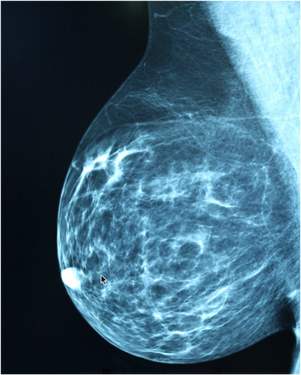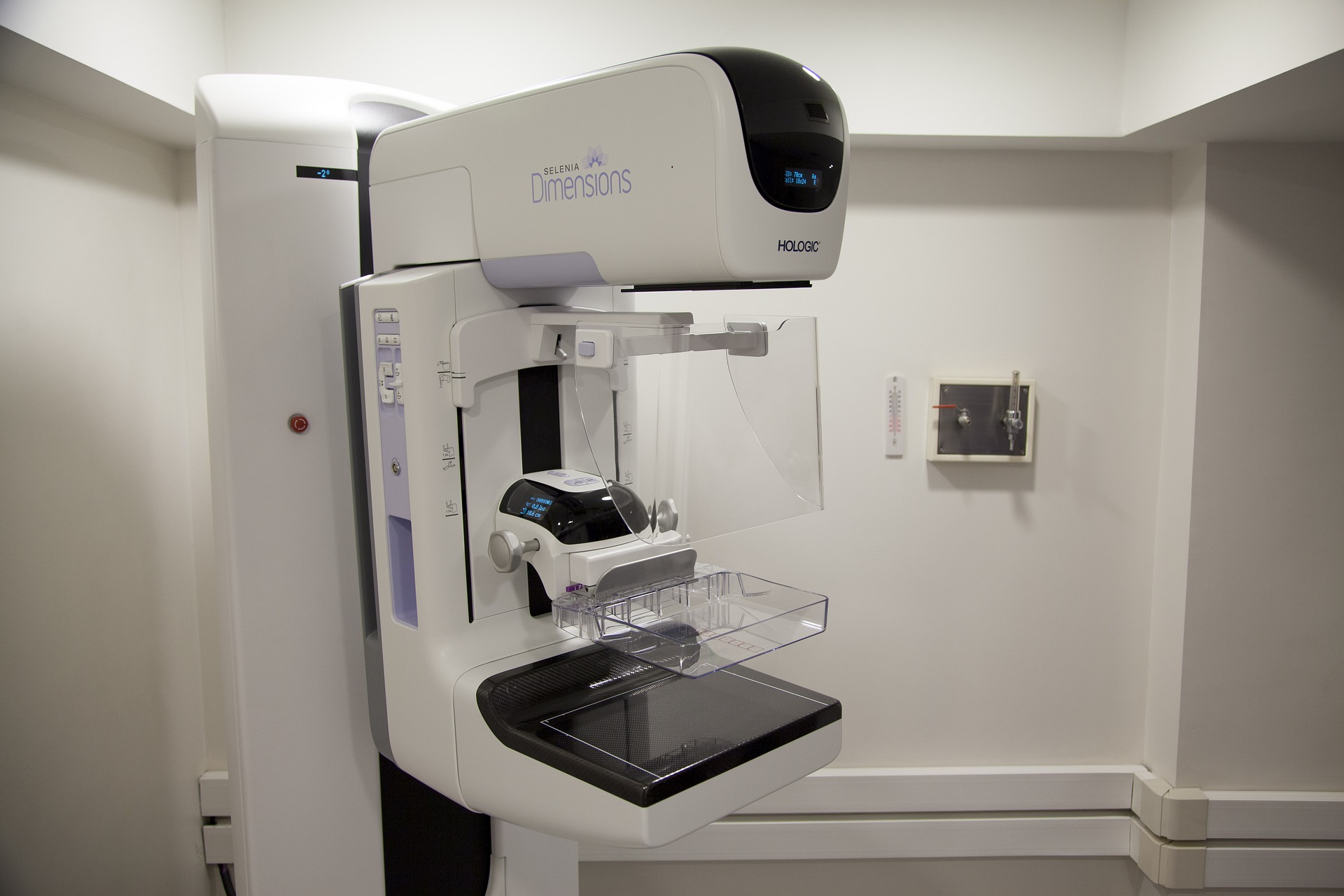Recommendations

How important is it to get a mammogram?
Extremely. Women with an average risk for breast cancer receive screening mammography. Screenings are important because they can detect a disease in people who do not have any symptoms (for example, a lump in your breast). Regular screenings lead to early detection, which means a disease is found and diagnosed earlier than if you had waited for symptoms to arise. Early detection improves the chances of successful treatment.
What age should I get my first mammogram?
According to the American Cancer Society, women with an average risk for breast cancer should get their first mammogram at 40. Women ages 45-54 should get a mammogram every year. At 55, women can choose to continue receiving mammograms yearly or switch to every 2 years.
Women with a history of breast cancer, personal or family, a genetic mutation is known to increase the risk for breast cancer, or have had radiation therapy to their chest before 30 years old, have a higher than average risk for breast cancer.
You can use the breast cancer risk assessment tool (on the resources page) but you should also talk to your doctor if you think you may be at a higher than average risk.
Should I request Breast Tomosynthesis over a mammogram?
Breast tomosynthesis may be beneficial to you if you have been informed that you have dense breasts or if you have a history of breast cancer, personal or family. Tomosynthesis gives our breast radiologists a 3D view of the breast compared to the traditional 2D. This works by capturing slices of the breast image from many different angles and between layers. Talk to your doctor if Breast Tomosynthesis is something you are interested in. Check out our Breast Tomosynthesisbreast tomosynthesis page for more information.
Mammography

What is a mammogram?
A mammogram is simply an x-ray of the breast. There are two types of mammograms: screening and diagnostic. A screening mammogram is used to check for breast cancer in women when they have no symptoms. The mammogram images can detect tumors that cannot be felt and also find tiny deposits of calcium that sometimes indicate breast cancer. A diagnostic mammogram is used to check for breast cancer after a lump or other symptom has occurred. The process of both is pretty much the same except a diagnostic mammogram will take longer and the radiation dose is higher because more x-ray images are needed to take pictures from several angles.
When will I know the results of my mammogram?
One of our board-certified, specialty-trained radiologists will read your mammogram and send your physician a report usually within 48 hours. Please note delays can occur when previous mammograms are needed for comparison.
Breast Tomosynthesis
3D mammography

Breast tomosynthesis shows the breast layer by layer, giving the radiologist a better view of the inside of the breast. Multiple images, or "slices," are taken at different angles to expose detail that may be obscured by overlapping tissue. The procedure is very similar to a traditional mammogram except tomosynthesis takes a few seconds longer. 3D mammography improves the early detection of cancer and decreases call backs.
Locations
Breast tomosynthesis (3D mammography) is currently only available at the following locations:
Erlanger East Hospital
1651 Gunbarrel Rd.
Chattanooga, TN 37421
Scheduling: (423) 778-PINK (7465)
East Imaging: (423) 680-8970
East Radiology: (423) 680-8640
Murphy Medical Center
3990 E US HWY 64 Alt
Murphy, NC 28906
Scheduling: (828) 835-7699
Radiology Dept: (828) 835-7540
Breast MRI and Ultrasound

Screening breast ultrasound uses sound waves to reflect back differently from different types of normal and cancerous tissue. Usually, ultrasound is used as a follow up if something suspicious shows on a mammogram. Breast ultrasound is particularly helpful in distinguishing between a solid mass and a fluid-filled cyst. However, breast ultrasound may be a good option for you if you cannot undergo an MRI.
Breast MRI uses a magnetic field and radio waves to produce detailed images of the breast that is not affected by the density of breast tissue. A breast MRI is very useful in finding cancer and is a good choice for women with dense breasts or those with a high risk of developing breast cancer.
FAQ
Can I get a mammogram is I have breast implants?
Yes! Our techs are highly experienced and have special techniques to ensure no damage is done to your implants during a mammogram.
Can I get an ultrasound instead of a mammogram?
No, not for screening purposes. Breast ultrasound is not approved for screening breast cancer and is not used to image the whole breast. Ultrasound is used as additional screening after a mammogram and when there may be a specific lump. Mammography or 3D mammography are the only approved tests to screen breast cancer.
What is the difference between a screening and a diagnostic mammogram?
Yes! Our techs are highly experienced and have special techniques to ensure no damage is done to your implants during a mammogram.
